AUGUST 2018
1. Start-up day Across America, National Girlfriends Day, Respect For Parents Day, National Raspberry Cream Pie Day.
2. National Coloring Book Day, National Ice Cream Sandwich Day.
3. National Watermelon Day, National Grab Some Nuts Day.
4. National Chocolate Chip Cookie Day, National Coast Guard Day, National Disc Golf Day, National Mustard Day.
5. National Underwear Day, National Work Like A Dog Day, American Family Day, National Sister Day, National Friendship Day.
6. National Root Beer Float Day, National Fresh Breath Day, National Wiggle Your Toes Day.
7. Purple Heart Day, National Lighthouse Day, National Night Out.
8. National Happiness Happens Day (What a great day!), National Frozen Custard Day, National Sneak Some Zucchini Onto Your Neighbor's Porch Day, National Dollar Day.
9. National Rice Pudding Day, National Veep Day, National Book Lovers Day.
10. National Shapewear Day, National Lazy Day, National S'mores Day.
11. National Sons and Daughters Day, National Presidential Joke Day (Nope. I'm not sayin' a thing...), National Bowling Day, National Garage Sale Day.
12. National Vinyl Record Day, National Middle Child Day.
13. Left-handers Day.
14. National Creamsicle Day, National V-J Day.
15. National Leathercraft Day, National Relaxation Day, National Lemon Meringue Day.
16. National Tell A Joke Day, National Roller Coaster Day, National Airborne Day.
17. National Nonprofit Day, National I Love My Feet (Flippers) Day, National Thrift Shop Day, National Black Cat Appreciation Day.
18. National Fajita Day, National Ice Cream Pie Day, National Mail Order Catalog Day, National Honey Bee Day.
19. International Bow Day (Every little girl's favorite accessory), National Aviation Day, National Soft Ice Cream Day.
20. National Radio Day, National Chocolate Pecan Pie Day.
21. National Spumoni Ice Cream Day, National Senior Citizens Day.
22. National Bao Day, Never Bean Better Day, National Tooth Fairy Day.
23. National Ride The Wind Day, National Sponge Cake Day.
24. National Peach Pie Day, National Waffle Day.
25. National park Service Founders Day, National Kiss And Make Up Day, National Secondhand Wardrobe Day, National Banana Split Day.
26. National Webmistress Day, National Dog Day, National Women's Equality Day, National Cherry Popsicle Day.
27. National Just Because Day, National Pots de Creme Day.
28. National Bow Tie Day, National Rainbow Bridge Remembrance Day, National Power Rangers Day.
29. National Chop Suey Day.
30. National Toasted Marshmallow Day, National Grief Awareness Day.
31. National Matchmaker Day, National Trail Mix Day, National College Colors Day, National Diatomaceous Earth Day.
Wowzers! That's sure a lot of great stuff to celebrate, especially if you love food. have you picked out your favorite special days? I'm working on my list and as soon as I'm done, I'm hopping off to the Lily pad part Store and then the food market. With so many wonderful days to celebrate, you'll have no trouble keeping everyone happy. And keeping the kids from thinking about the beginning of school! Come on back at the end of August for my September calendar of special days. And don't forget that tomorrow is Wednesday. And that means a valuable life lesson from my wise teacher The Dharma Frog. Until then, I wish you happy shopping and
PEACE.
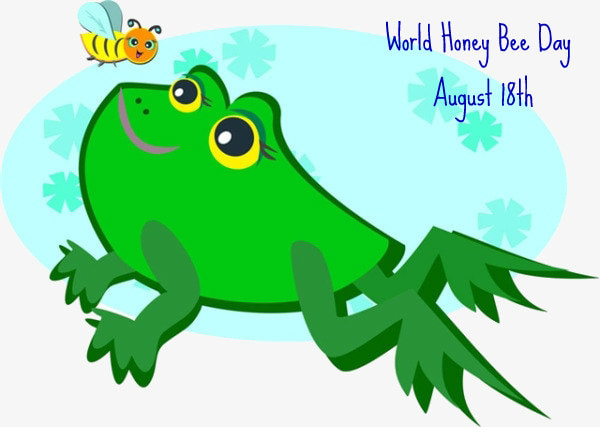



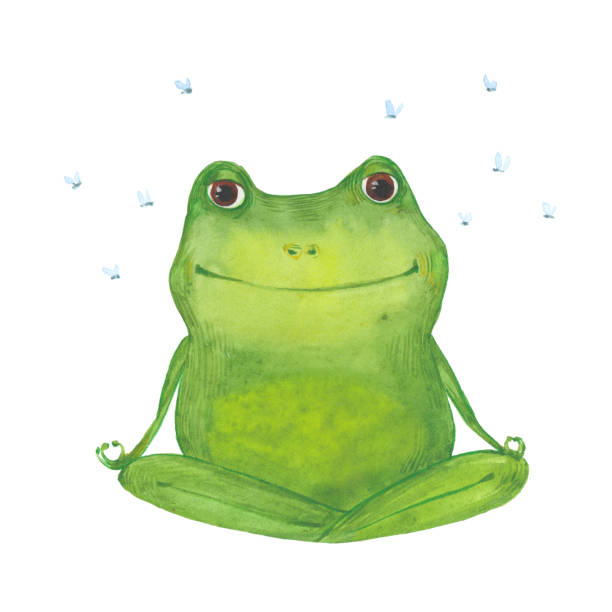

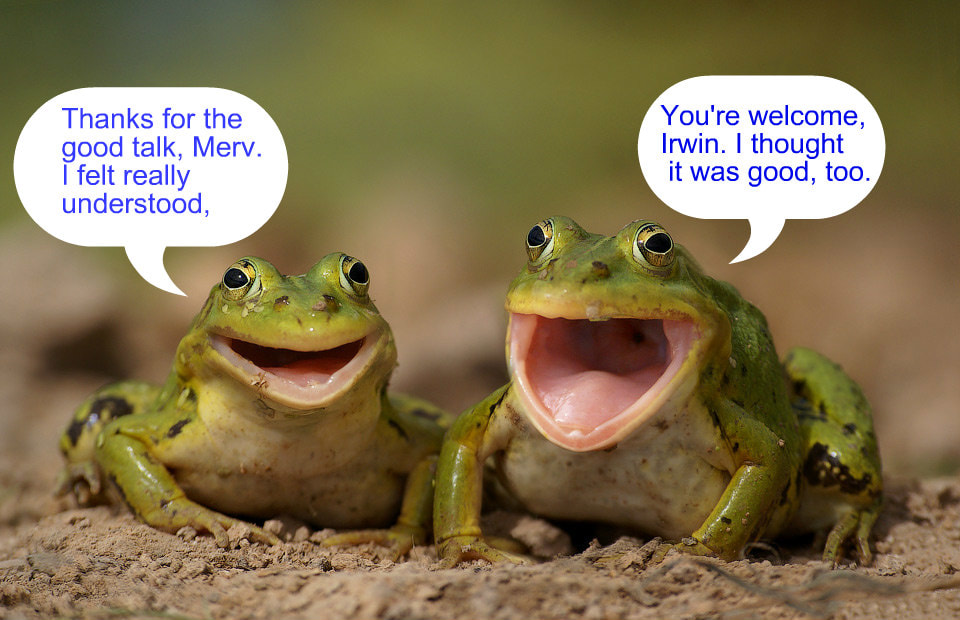
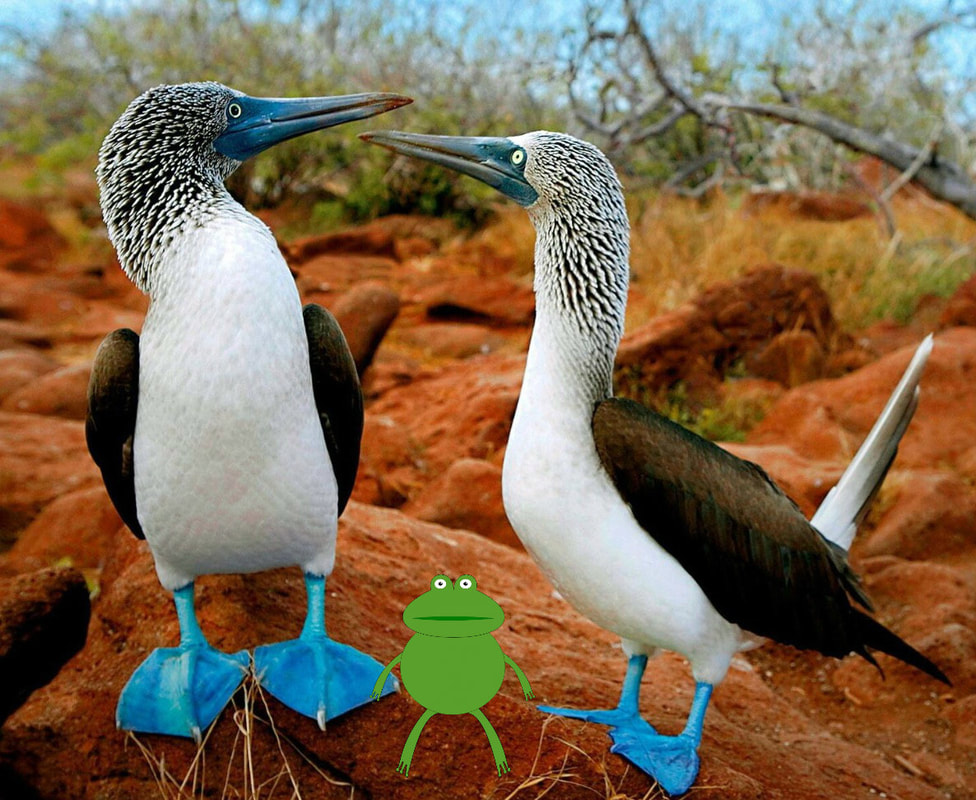
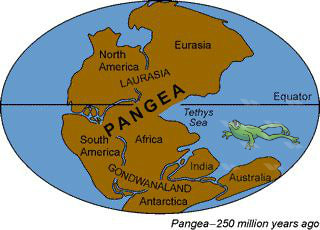

 RSS Feed
RSS Feed